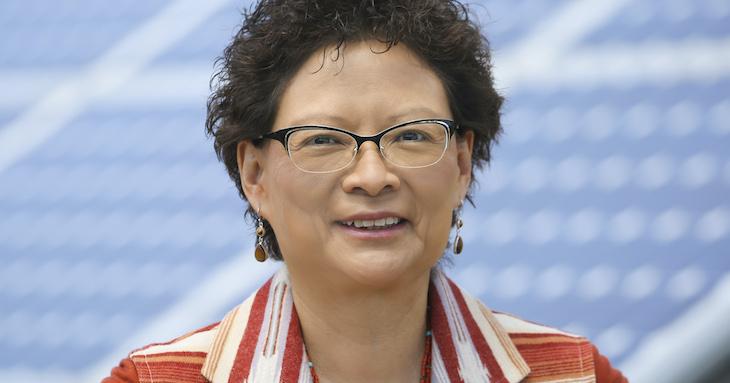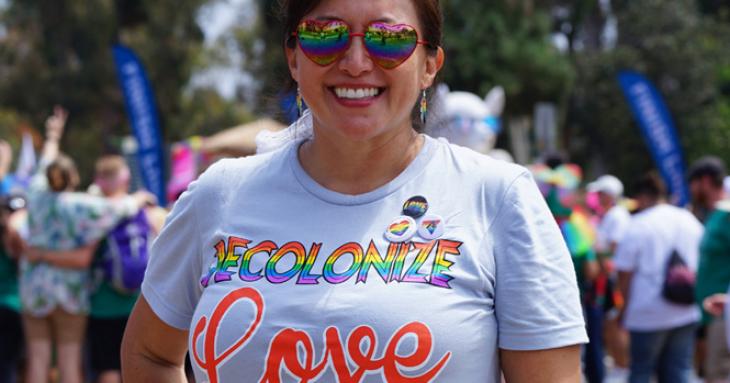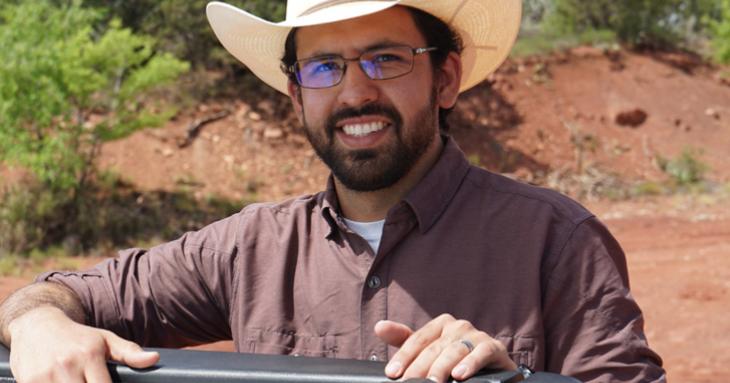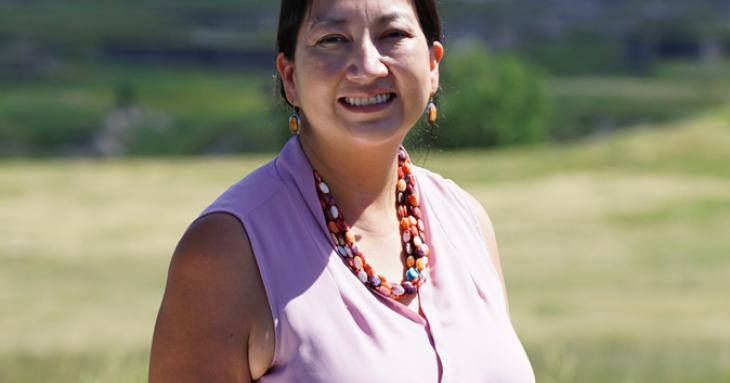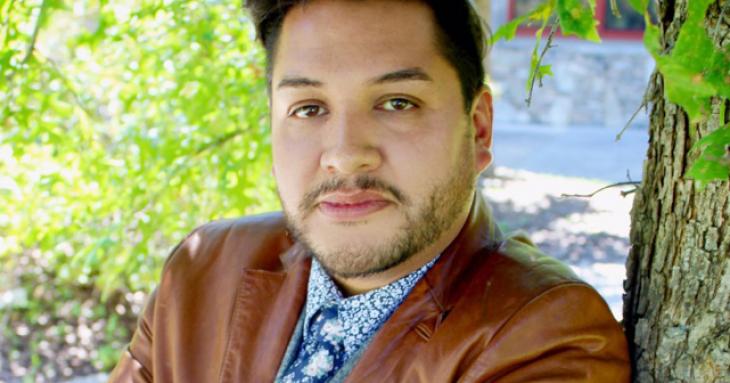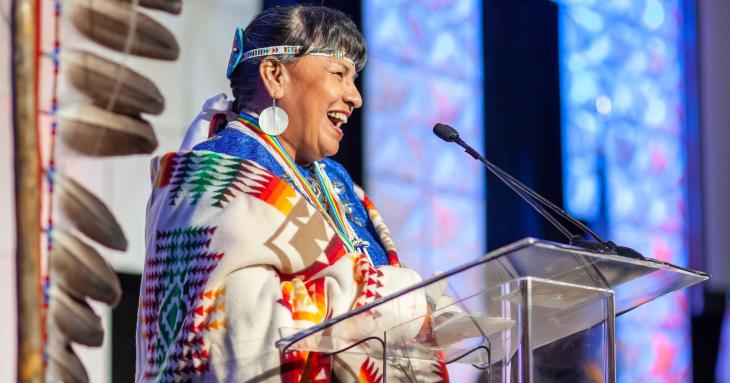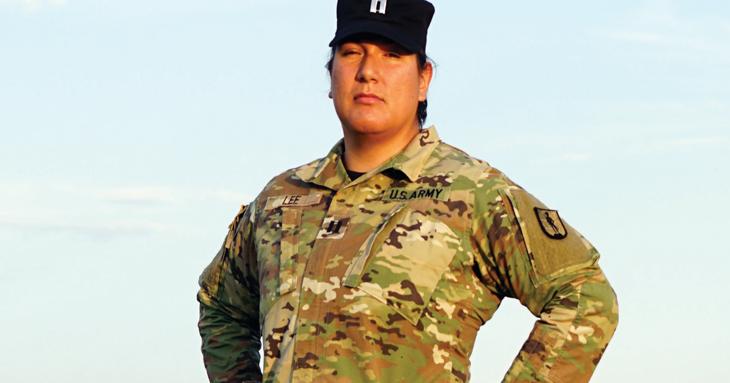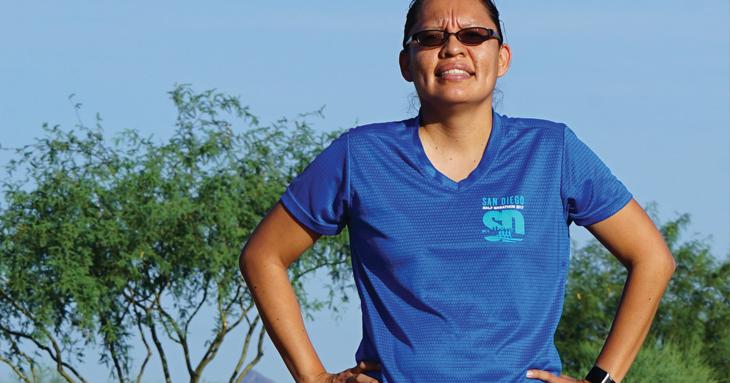-
Sandra Begay: 2020 Indigenous Excellence Awardee / Navajo Nation
When Sandra Begay was an 11-year-old attending boarding school, she knew she wanted a career in engineering. It wasn’t that she was taking an engineering course in elementary school, but rather it was when she realized there was a problem that could be solved.
-
Brendan Kinkade: 2020 Executive Excellence Awardee / Choctaw Nation of Oklahoma
When Brendan Kinkade was a young kid growing up in Oklahoma and Texas, he wanted to know how things work — a concept he now refers to as “practical physics.” At the time, though, the pursuit of practical physics translated into completely taking apart and then reassembling motorbike engines on his back patio. “Every screw and washer had a place, and if you deconstruct things, you have to know how they go back into place,” says Kinkade. “It taught me to be systematic and process-oriented. And to understand that there are many pieces that make up the whole.”
-
Sheila Lopez: 2019 Blazing Flame Awardee / Navajo
Sheila Lopez still vividly recalls the first time she fully shared her life story in front of an audience. A member of the Navajo tribe, Lopez was the first in her family to attend college. While an undergraduate pursuing a degree in electrical engineering at Northern Arizona University, Lopez worked in the school’s multicultural engineering program office.
-
Dylan Moriarty: 2019 Most Promising Engineer or Scientist / Navajo
Though he had no idea of it at the time, Dylan Moriarty started training for his current job at New Mexico–based Sandia National Laboratories when he was a young boy. Moriarty grew up in rural Fort Defiance, Ariz., on the Navajo Nation.
-
Dr. Otakuye Conroy-Ben: 2019 Technical Excellence Awardee / Oglala Sioux
Dr. Otakuye Conroy-Ben’s environmental consciousness was awakened at a very young age. Growing up in Porcupine, S.D., on the Pine Ridge Indian Reservation, she could literally taste and smell the impacts people were — or were not — making on the natural world around her.
-
Yona Wade: 2019 Indigenous Excellence Awardee / Eastern Band of Cherokee Indians
Yona Wade is not the type of person who waits for things to happen. It’s an impulse he has been cultivating since he was very young. “As a kid, I always was the one who wanted to be in charge and run the show and make whatever I needed to happen actually happen,” he says. “I never had time to wait for others.”
-
Meet the Award Winners
A part of every National Conference that focuses attention on the important work of AISES is our collective pause to recognize extraordinary accomplishments of our members. Congratulations to all the 2018 award winners!
-
Dr. Naomi Lee: 2018 Professional of the Year Awardee / Seneca
When she remembers one of the main reasons she chose to pursue her PhD in chemistry at the University of Rochester in New York, Dr. Naomi Lee can’t help but chuckle. After obtaining an undergraduate degree in biochemistry at the Rochester Institute of Technology, Dr. Lee applied to a number of graduate programs and was accepted to them all. “I chose the University of Rochester because I was afraid to leave home,” she says. “I was afraid to leave for other schools because they were far from the reservation.”
-
Christopher J. Payne: 2018 Executive Excellence Awardee / Cherokee
When he was a high school student in Yakima, Wash., Christopher Payne knew exactly what he wanted to do for a living. His father, an electrical engineer, was an avid reader of architectural magazines, and seeing them around the house piqued Payne’s interest. “I would take the floor plans in the magazines and trace them to make my own grand house,” he recalls. “I wanted to be an architect.”
-
Nedlaya Francisco: 2018 Technical Excellence Awardee / Navajo
As a kid growing up on the Navajo Reservation in Shiprock, N.M., Nedlaya Francisco was animated by a single question: How do things work? “We would have broken remote control vehicles or tape players, and my cousins, sisters, and I would take them apart to see their insides and their circuits,” she remembers. “I always wanted to know how things worked but didn’t know what the circuit boards were.”


